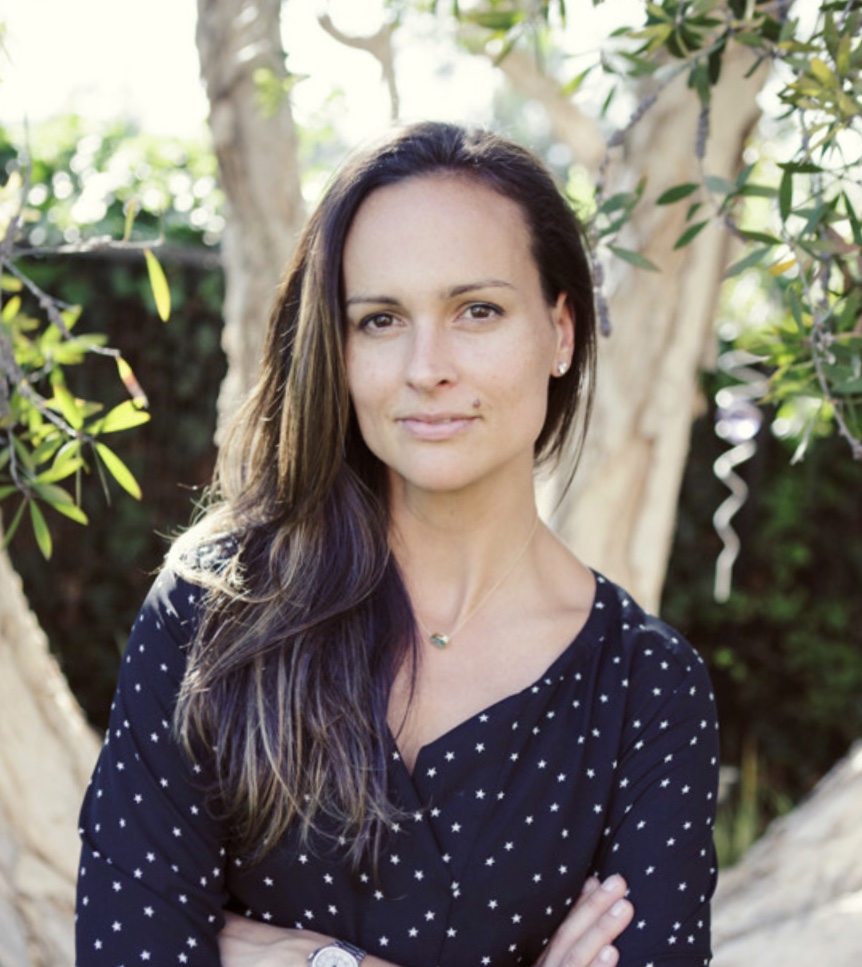As districts across the country are planning for an uncertain return to school, teachers are being asked to plan for three possible scenarios: (1) 100% distance: Students continue with at-home online learning, (2) 100% in person: students return full-time to campus, or (3) Blended: A hybrid model where students alternate days of both at-home and on-campus learning.
It’s overwhelming for educators to be planning for these multiple and different learning environments. It’s equally concerning to parents who need to prepare for child care and balance their own work schedules with all the unknown factors surrounding the upcoming school year.
Lastly, with school budgets being cut due to COVID-19 related expenses, how will schools effectively include arts and music into their learning programs? How do you encourage kids to show up to extracurricular activities? And how do we continue to provide the social and emotional learning that our kids are missing while being at home?
Rethinking What And How To Teach
Arts education is inherently collaborative and emotional. My personal experience with distance learning and my own two children gave me a unique insight into what really works and what really matters, when teaching at a distance and also how to incorporate that in our own music education platform.
The pandemic has completely changed the landscape, not just for education but the world. We have seen a digital disruption, and in education we have seen an advancement of almost a decade, in terms of both access and adoption. So when looking at what type of learning experience should we be delivering, we can either think about how we can leverage technology to deliver the same lessons, OR, since the world looks so different and the rules and structure for how we deliver lessons are relaxing, we could ask ourselves what could or should we be teaching in this “new” world?
Here are some tips for teachers as they plan for the Fall:
Be clear about your goals and manage expectations: Establishing clear goals from the start with students and parents helps everyone understand what you’re trying to accomplish and get on board.
Meet students where they are at by using culturally relevant content. Kids embrace music when they are inspired by it. By starting the learning process with inspiration and engaging students via music artists and songs that matter to them, they are more likely to show up, and therefore more likely to learn.
Technology Planning: Set yourself up for success and clearly define rules of engagement. Think about: what is the ideal platform, ideal group size, how you want students to engage? Also, aim for a balance between time spent consuming online content vs creation, independent vs collaborative work, and screen time vs no screen time.
Reflect and adjust: There is no one size fits all, so keep track of what is working and what’s not working and adjust accordingly. What are the best parts of this disruption that should be kept when the world corrects itself: things like technology, new content, new skills, etc. and discard the unnecessary. There are no more rules in this environment.
Celebrate and share successes: We are all in this together. Share what is working with students, parents, and fellow educators. Take time to celebrate the students who are participating and acknowledge their work.
Pedagogies Matter
One of the exciting revelations for us at WURRLYedu, is that our pedagogy of Inspire, Practice, Record, Reflect can not only withstand but thrive in this new normal. It allows teachers to keep just the one lesson plan but deliver it at a distance or in person, and therefore, also a blended situation.
For example, we usually inspire students through either content or an experience – which can be delivered via video conference or in person. The practice can be done either individually or in small groups via video conference or in person. The recording is done via WURRLYedu (or another recording device), and the reflection can be done in small or large groups (or one on one where appropriate). The importance of the recording is obvious – it provides greater self-awareness, better management of performance anxiety, and proof of progress. The reflection is equally important as it closes the feedback loop. If students don’t ever see the teacher or student feedback it devalues the work itself.
Whatever the technology and content you choose to use in your classroom, remember the power of FOMO (fear of missing out). Kids will show up if they think it’s engaging. And if they see their friends having fun with a lesson, or recording a really creative video, it will only empower them to show up as well. Then the learning can begin.


